| RECENT POSTS DATE 11/30/2025 DATE 11/27/2025 DATE 11/24/2025 DATE 11/22/2025 DATE 11/20/2025 DATE 11/18/2025 DATE 11/17/2025 DATE 11/15/2025 DATE 11/15/2025 DATE 11/14/2025 DATE 11/13/2025 DATE 11/13/2025 DATE 11/13/2025
| | |  CORY REYNOLDS | DATE 2/5/2015"Family Group" (c. 1950) by the Harlem Renaissance painter, sculptor, illustrator, muralist and teacher Charles Alston, is reproduced from Common Wealth: Art by African Americans in the Museum of Fine Arts, Boston, in which Lowery Stokes Sims writes, "There are many who think that perhaps one of the most monumental achievements of Africans in the Americas was their ability to retain a sense of familial connection within the context of slavery, which conspired to destroy those relationships. In fact, Africans in the New World had to construct new familial structures that were markedly different from those found throughout Africa. For example, polygamy, which was widespread in Africa, was exchanged for the monogamous ideal of Western Christianity. Also, the social castes of Africa that were predicated on descent were replaced by caste systems that were based on color, hair texture, and—eventually—education. The character of these new structures would then define the nature of the social systems that would come to dominate the lives of African Americans in their communities outside the white power structure. Given these facts, it is noteworthy that the works by Charles Alston, Sargent Johnson, Romare Bearden, and Waldomiro de Deus focus on the black family in various guises. In Alston’s "Family Group" the presentation of the husband, wife, and child is staid and serious, and his cultivation of simplified forms and flat colors gives him the means to convey information about the relationship among the
three figures. Alston uses the flow of limbs and clothing to create a continuous flow of connection. He suggests the strength of the family unit by setting the figures in front of a screen that conveys a strong backdrop that mirrors the connection among the figures. Alston subtly shifts the perspective of the rectangular shapes of that form and the table so that the intensity of the visual focus stays in the front of the picture plane." MFA Publications, Museum of Fine Arts, Boston
Clth, 9.5 x 11 in. / 256 pgs / 145 color.
 DATE 11/22/2025 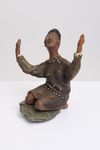 DATE 11/20/2025  DATE 11/18/2025  DATE 11/13/2025 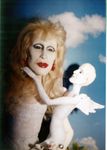 DATE 11/7/2025  DATE 11/4/2025  DATE 11/2/2025 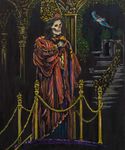 DATE 10/31/2025  DATE 10/28/2025 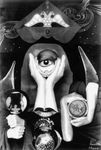 DATE 10/23/2025  DATE 10/22/2025  DATE 10/22/2025  DATE 10/21/2025  DATE 10/20/2025  DATE 10/16/2025  DATE 10/14/2025  DATE 10/11/2025  DATE 10/7/2025  DATE 10/6/2025  DATE 10/3/2025  DATE 10/1/2025  DATE 9/23/2025 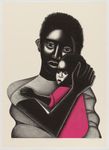 DATE 9/21/2025  DATE 9/17/2025  DATE 9/10/2025  DATE 9/6/2025  DATE 9/4/2025  DATE 9/2/2025  DATE 9/1/2025  DATE 8/27/2025  DATE 8/25/2025  DATE 8/23/2025  DATE 8/21/2025  DATE 8/18/2025  DATE 8/15/2025  DATE 8/12/2025  DATE 8/9/2025  DATE 8/6/2025 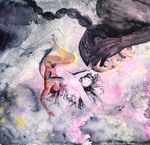 DATE 8/5/2025  DATE 7/31/2025  DATE 7/28/2025  DATE 7/25/2025  DATE 7/21/2025  DATE 7/18/2025  DATE 7/11/2025  DATE 7/3/2025  DATE 6/30/2025  DATE 6/26/2025  DATE 6/22/2025  DATE 6/20/2025  DATE 6/13/2025  DATE 6/12/2025  DATE 6/9/2025  DATE 6/5/2025  DATE 6/1/2025  DATE 5/29/2025  DATE 5/28/2025  DATE 5/23/2025  DATE 5/20/2025  DATE 5/16/2025  DATE 5/12/2025  DATE 5/8/2025  DATE 5/6/2025  DATE 5/4/2025  DATE 5/1/2025  DATE 4/24/2025  DATE 4/21/2025  DATE 4/17/2025  DATE 4/14/2025  DATE 4/10/2025  DATE 4/8/2025  DATE 3/31/2025  DATE 3/27/2025  DATE 3/27/2025  DATE 3/20/2025  DATE 3/18/2025  DATE 3/16/2025  DATE 3/15/2025  DATE 3/13/2025  DATE 3/9/2025  DATE 2/19/2025  DATE 2/18/2025  DATE 2/17/2025  DATE 2/15/2025  DATE 2/14/2025  DATE 1/26/2025 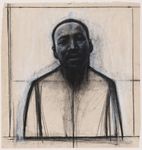 DATE 1/20/2025  DATE 1/15/2025  DATE 1/14/2025  DATE 1/9/2025 |
|